The uniqueness of the find lies in the accumulation of structures in one place
During archaeological research in Ireland, traces of hundreds of monuments that were previously unknown were discovered. Five of these sites have been identified as «incredibly rare» prehistoric structures that may once have contained secret «routes for the dead» leading to the afterlife.
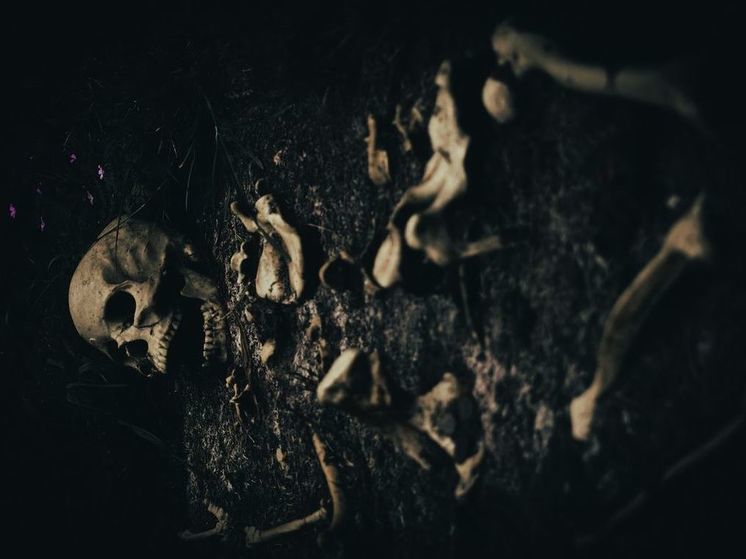
The research, led by James O'Driscoll from the University of Aberdeen and supported by the Public Monuments Trust and Wicklow County Council, used lidar technology to create highly detailed 3D terrain models. This technology plays a crucial role in uncovering the remains of these ancient structures, most of which were destroyed by millennia of ploughing.
The area explored by archaeologists was inhabited during the Early Neolithic (from about 3700 BC) and the Middle and Middle Ages. Late Bronze Age (from 1400 to 800 BC).
O'Driscoll said the discovery of the Cursus sites was particularly noteworthy because it challenged the generally accepted view that Baltinglass was abandoned for about 2,000 years, between the Late Bronze Age and the Early Neolithic. These results indicate that at that time the region was constantly inhabited and various rituals and sacrifices were carried out there.
The discovered monuments of Cursus are not only important from an architectural point of view, but also have important cultural and spiritual significance. These monuments, marking important solar events such as solstices, are strategically placed throughout the landscape to coincide with burial sites and the cyclical movements of the Sun. According to O'Driscoll, this alignment symbolizes the journey of the dead as they ascend to heaven and leave behind a tangible trace that connects them to the world of their ancestors on the other side.
“Cuts are a type of monumental Neolithic structure that resembles ditches or trenches and are found on the islands of Great Britain and Ireland. These prehistoric monuments tend to have long and relatively narrow earthen enclosures,” says James O'Driscoll.
Archaeologists note that fewer than 20 Cursus monuments are recorded in Ireland, and they usually occur alone or in pairs. This makes the identification of five examples at Baltinglass the largest concentration of such sites in the country, but also the detailed topographical model of the sites and their surrounding landscape provided the opportunity to examine these monuments in digital detail.
O'Driscoll believes the monuments symbolized ascent dead to heaven: “The designation of such monuments has always been a difficult topic because we simply do not have enough information. But given that some of them at Baltinglass may also be associated with funerary rituals, this led me to believe that they may have been ceremonial monuments used in funerary rites, where the Cursus laid out the physical route along which the dead passed from the living to the afterlife.»


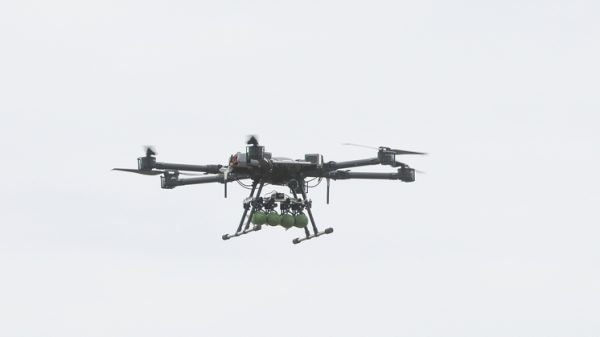

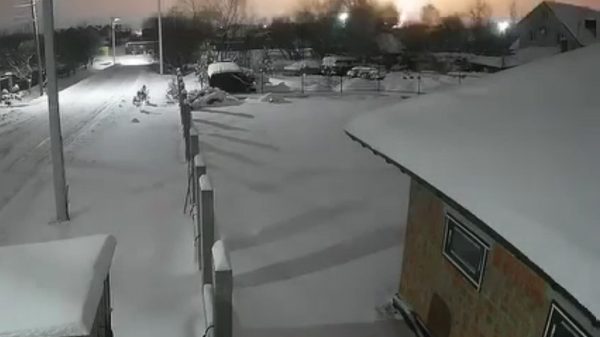


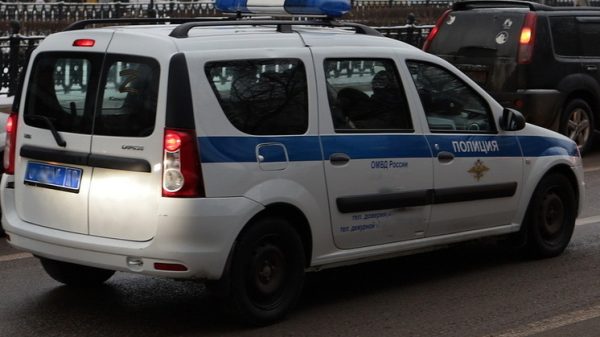
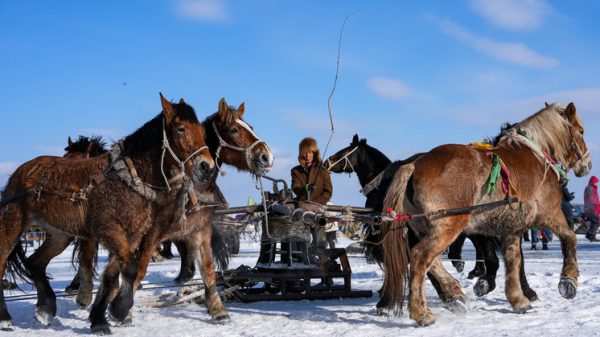






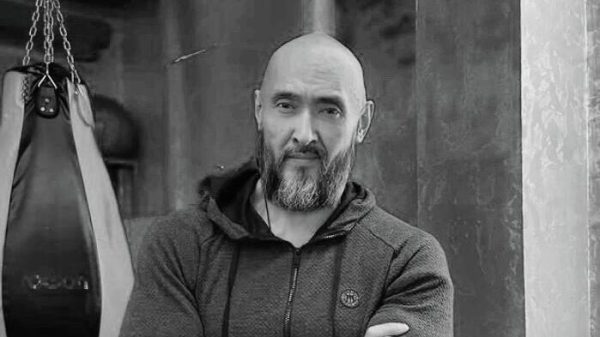




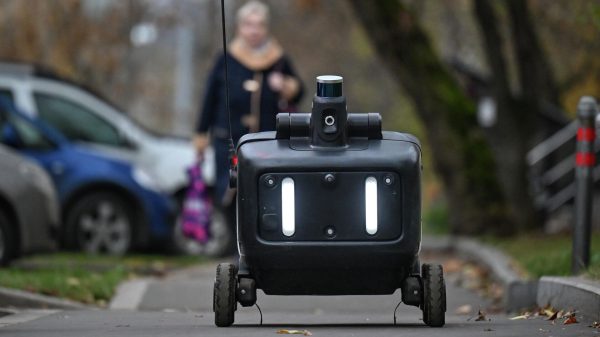





































Свежие комментарии